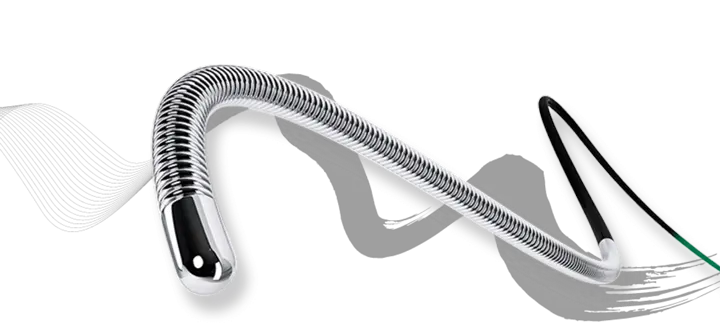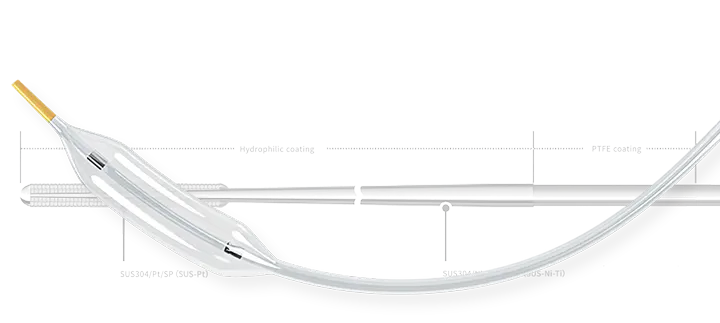Symptoms and treatment of ischemic stroke
Healthcare
About This Information:
This English version is a translation of content originally created based on medical information used in Japan. Accordingly, the data and treatment approaches presented reflect the situation in Japan and may differ from those in other countries or regions.
Supervised by: Dr. Masataka Takeuchi
Symptoms of ischemic stroke
Ischemic strokes account for about 60% of all strokes and are more common than hemorrhagic strokes and subarachnoid hemorrhages. Ischemic strokes are classified into three main types.
|
Lacunar stroke |
Atherothrombotic stroke |
Cardioembolic stroke |
|---|---|---|
|
A 15-mm or smaller brain infarct that results when a small artery (perforating branch) deep in the brain narrows due to high blood pressure and becomes blocked by a blood clot. You may be conscious and present with no symptoms. 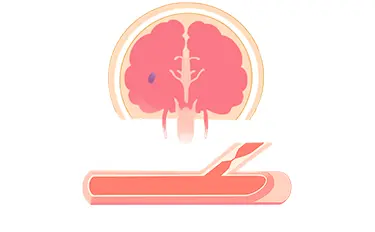
|
A blood vessel in the brain narrows due to arteriosclerosis, and a blood clot (thrombus) forms and blocks the blood vessel. 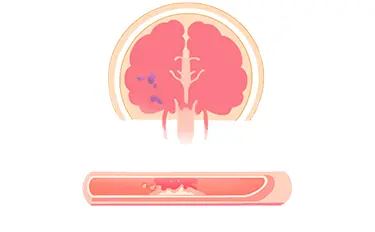
|
A thrombus that forms in the heart travels through the bloodstream and blocks a blood vessel in the brain. These thrombi are typically large and block large blood vessels. This type of stroke is characterized by a sudden onset and is often severe. 
|
A lacunar stroke is associated with mild symptoms, whereas atherothrombotic and cardioembolic strokes are associated with more severe symptoms.
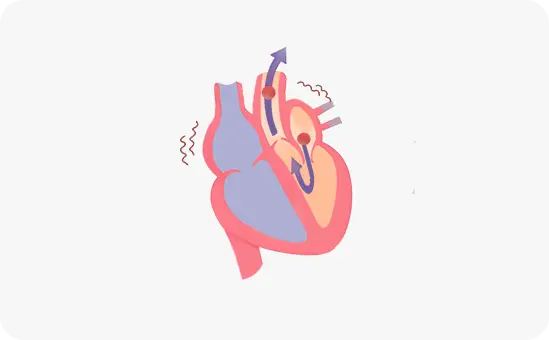
Atrial fibrillation may cause cardioembolic stroke
Atrial fibrillation is a condition in which the atria quiver, causing irregular heart rhythms. It is a type of arrhythmia.
When atrial fibrillation occurs, blood flow is disrupted, allowing thrombi to form more easily. The thrombi travel through the bloodstream and block blood vessels in the brain. Many of the thrombi that form due to atrial fibrillation are large and cause rapid and extensive infarction, resulting in a severe condition.
Atrial fibrillation can occur in healthy individuals, although the incidence increases with aging. Atrial fibrillation is accompanied by palpitations and other symptoms; however, you may not have any symptoms, and the fibrillation can go unnoticed until it is found in a medical checkup.
If atrial fibrillation is diagnosed, adequate treatment is crucial to prevent cardioembolic stroke.
Ischemic stroke treatment
- TIME IS BRAIN -
The treatment for an ischemic stroke is a race against time. The treatment depends on the time that has passed since symptom onset.
| Intravenous t-PA therapy | Thrombectomy (endovascular catheter treatment) |
|---|---|
| Within 4.5 hours of symptom onset. | 4.5 to 8 hours after symptom onset. |
| Tissue plasminogen activator (t-PA) is a drug that dissolves thrombi. A drip infusion of t-PA is initiated if you present to the hospital within 4.5 hours of symptom onset. It takes approximately 1 hour to undergo a medical examination, imaging, and blood tests; therefore, you need to arrive at a specialized medical institution within 3.5 hours of symptom onset to receive t-PA. |
This procedure is administered up to approximately 8 hours after symptom onset; it is used if intravenous t-PA does not work or cannot be administered. A catheter is inserted into an artery in the wrist or groin and guided up to the blocked blood vessel in the brain. The thrombus is removed by pulling or sucking it out. |

Thrombectomy
A catheter is inserted into an artery in the wrist or groin, and a stent retriever is delivered to the blocked artery to remove the thrombus.
The stent retriever ensnares the thrombus to remove it together with the stent. Alternatively, a catheter may be used to directly suck up the thrombus. Combined use of both these methods has been increasing in recent years.
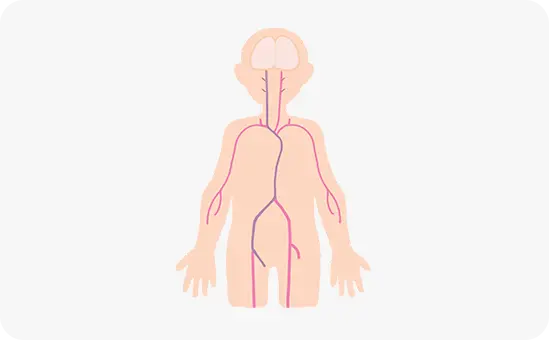
Stent retriever

|

|

|
|---|---|---|
|
1. Deliver a stent via a catheter. |
2. Expand the stent. |
3. Ensnare the thrombus with the stent and retrieve. |
Thrombus aspiration catheter

Suck up and retrieve the thrombus from the blood vessel in the brain.
